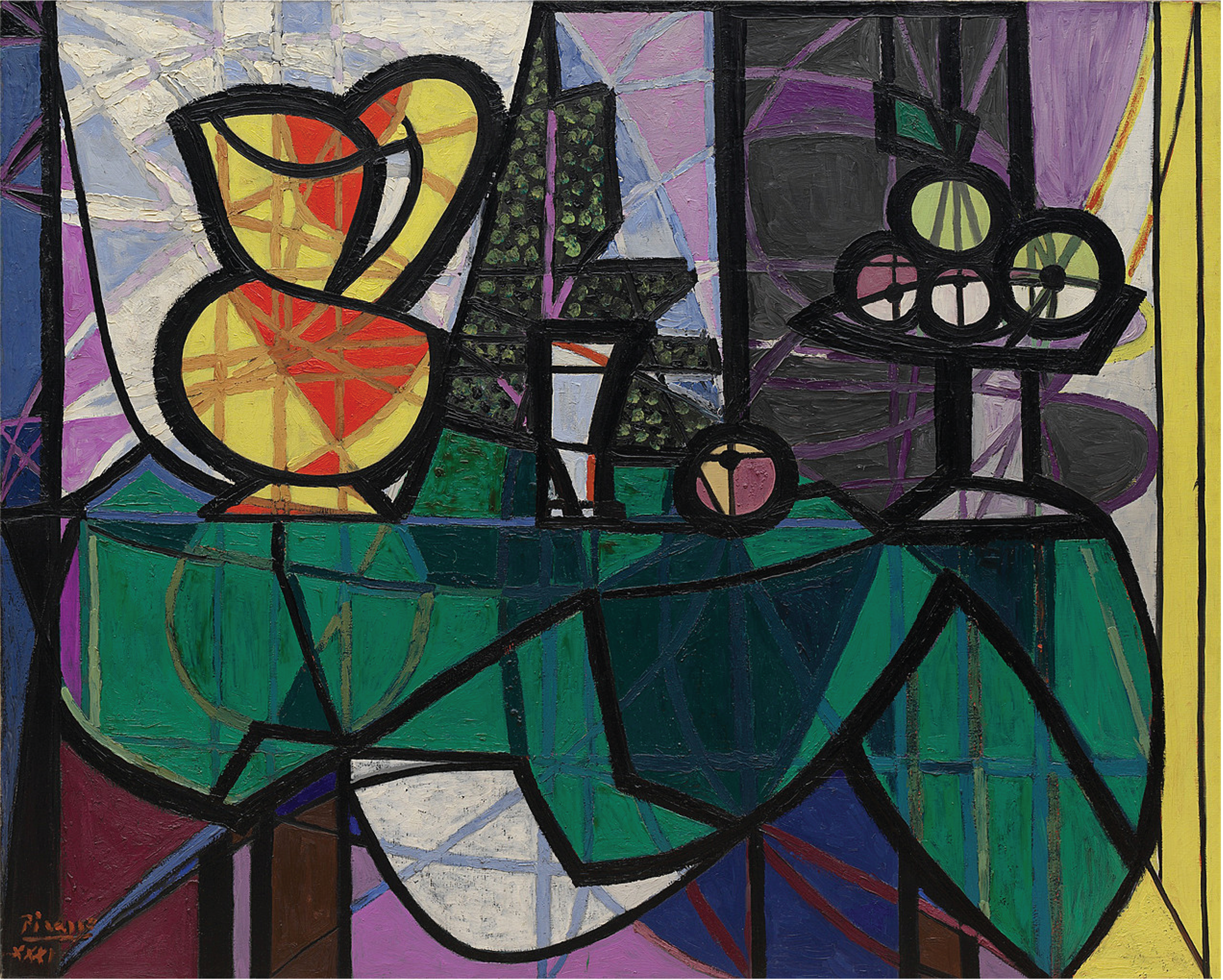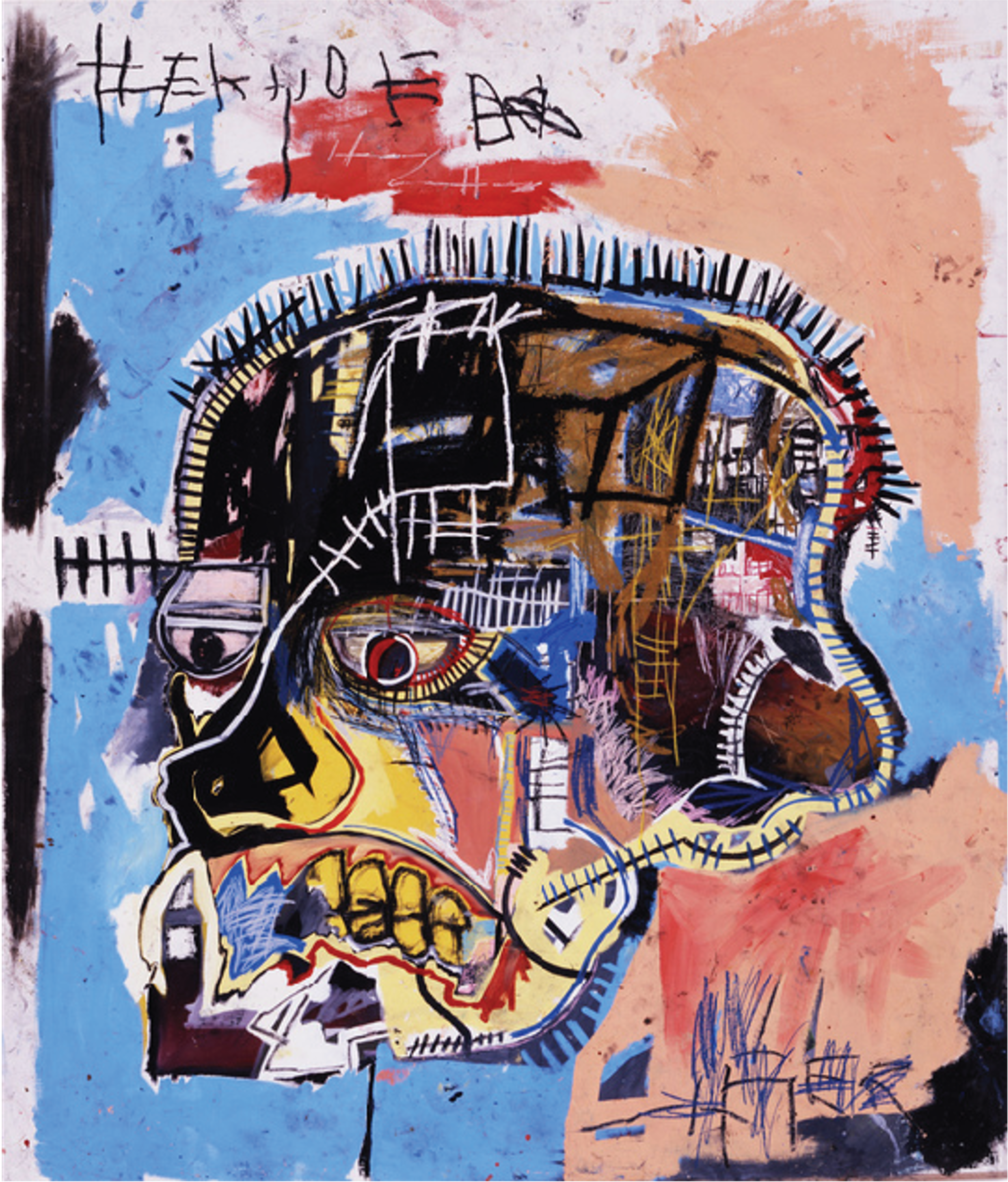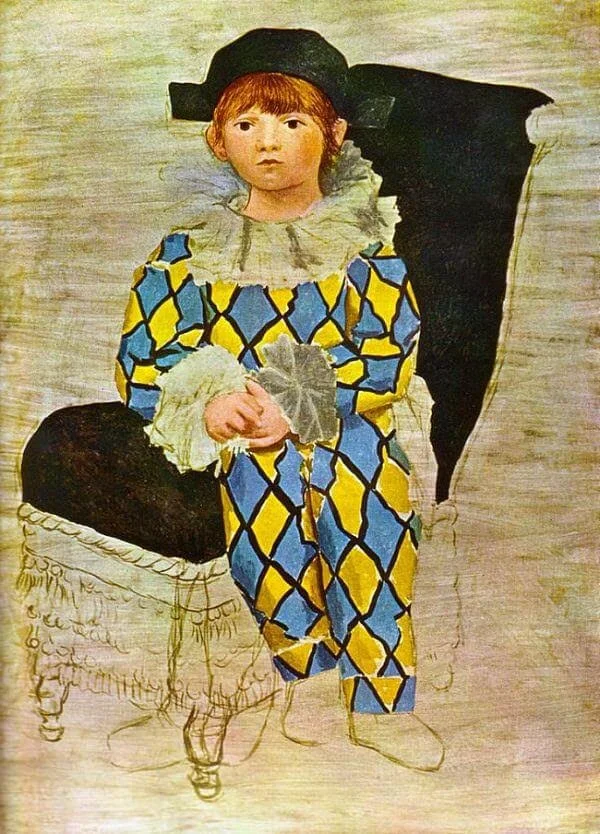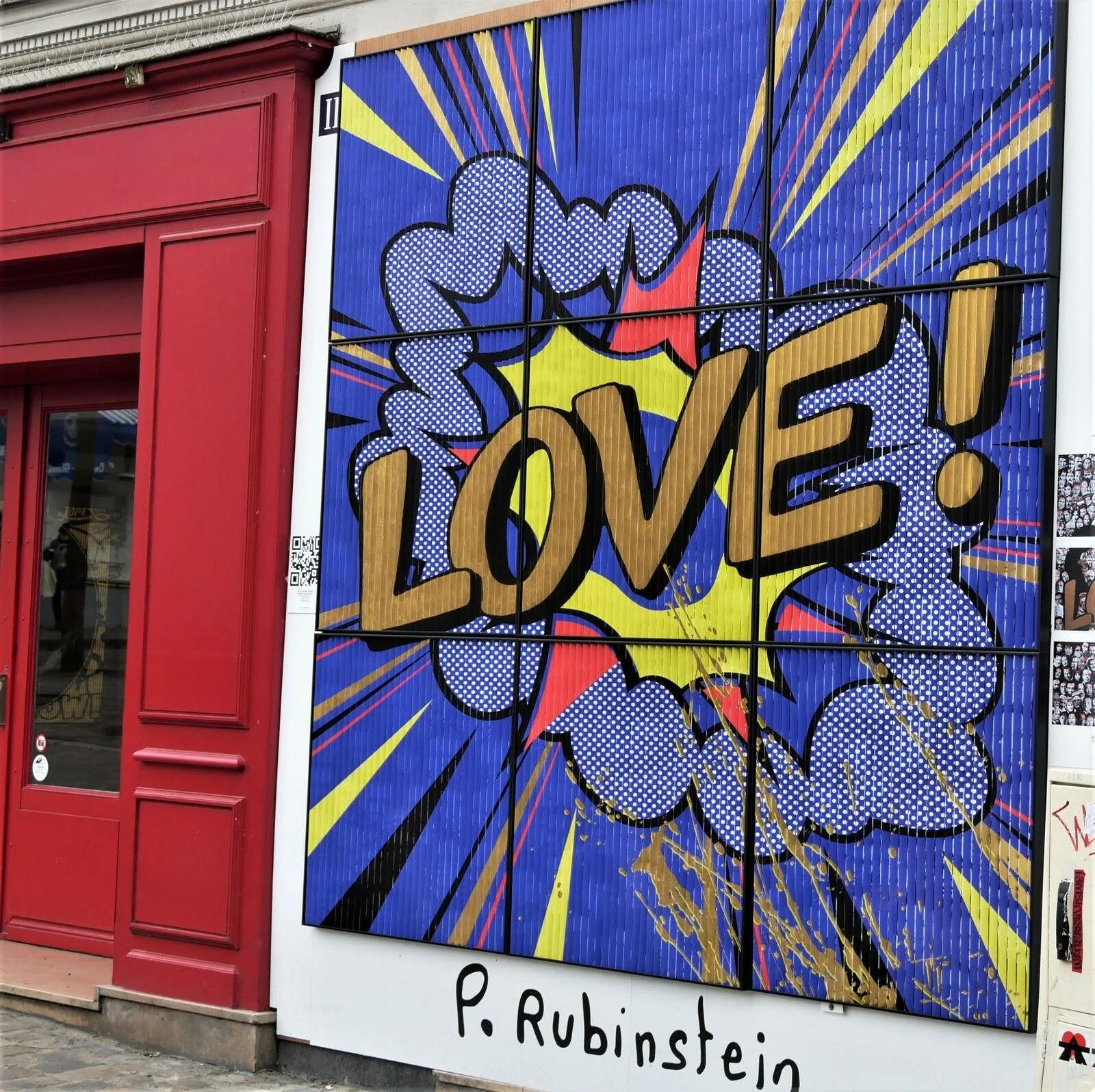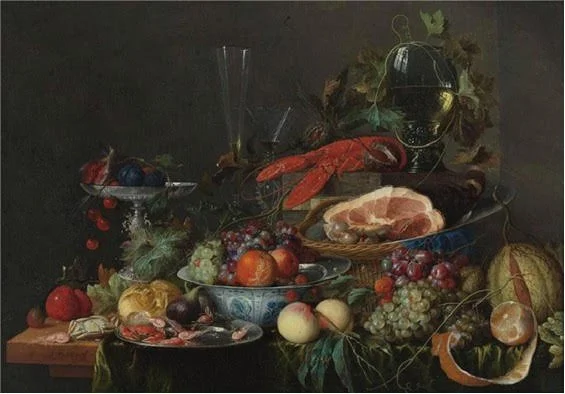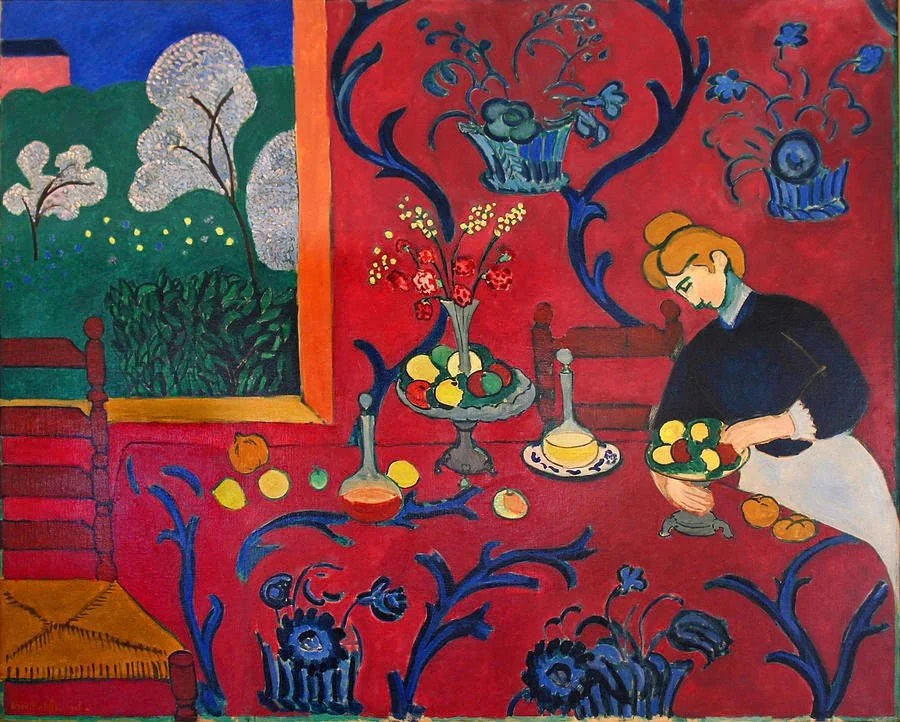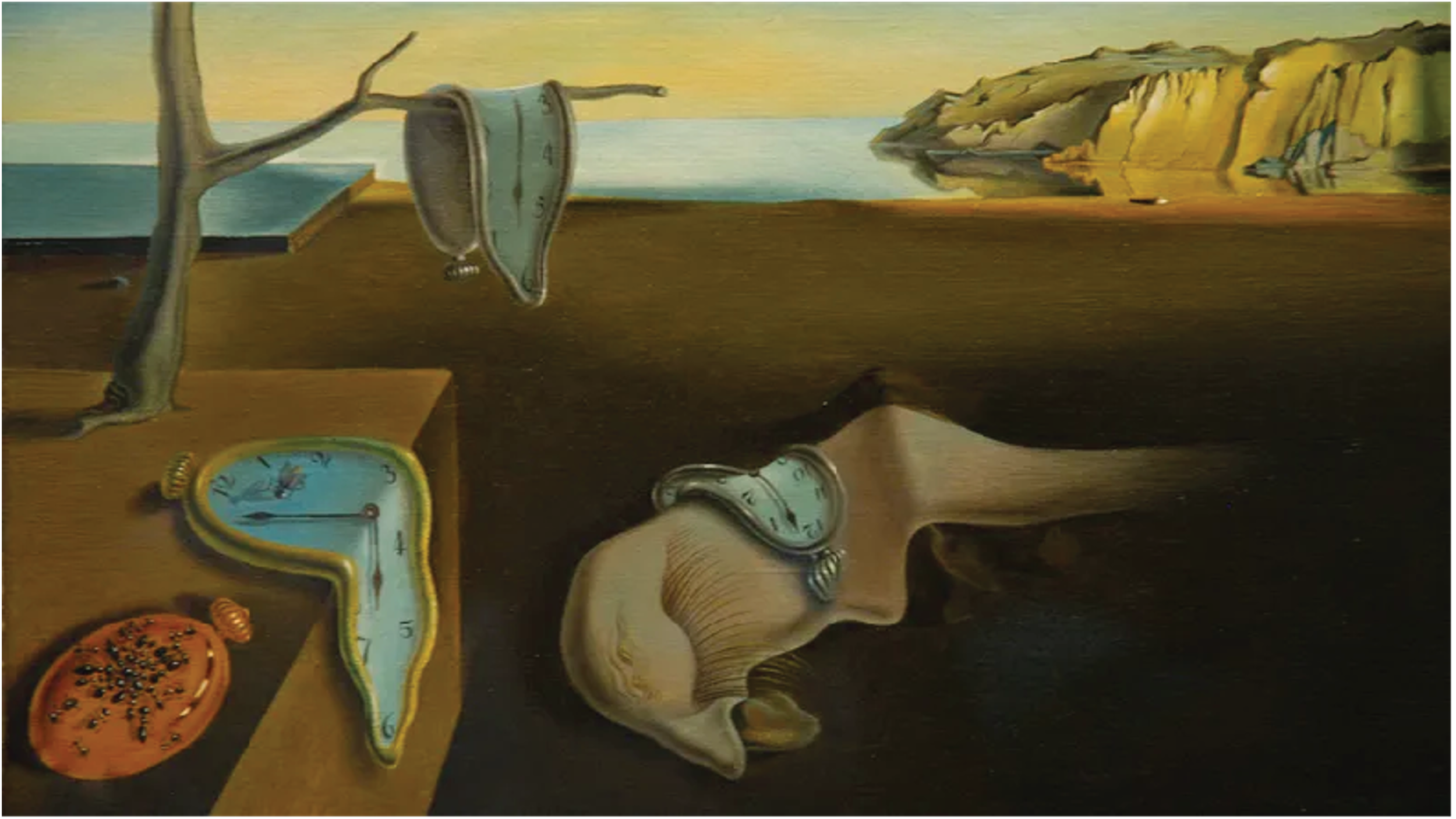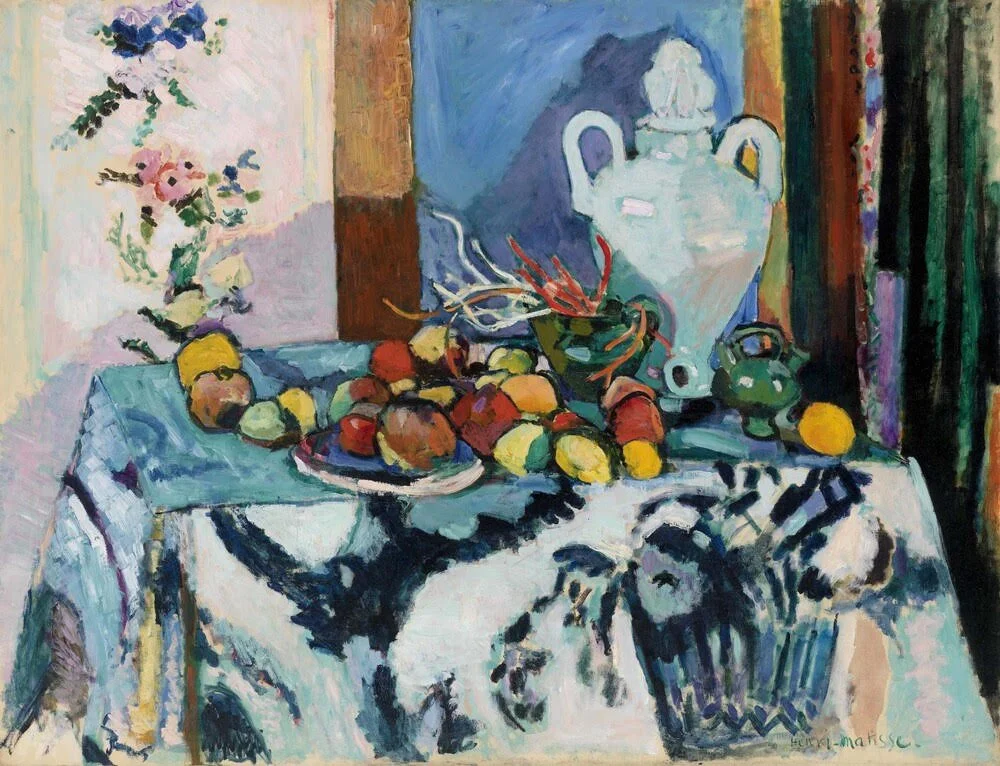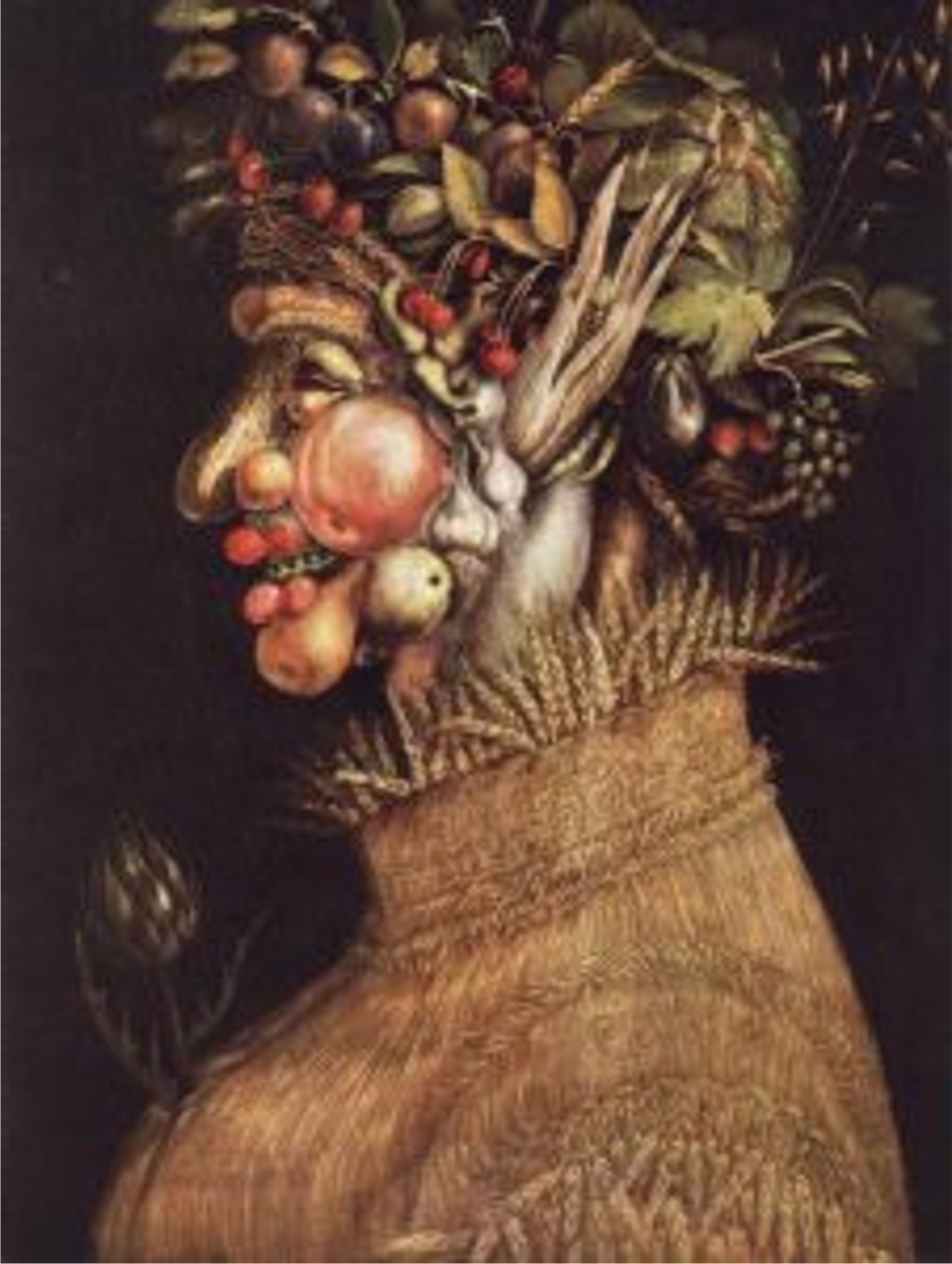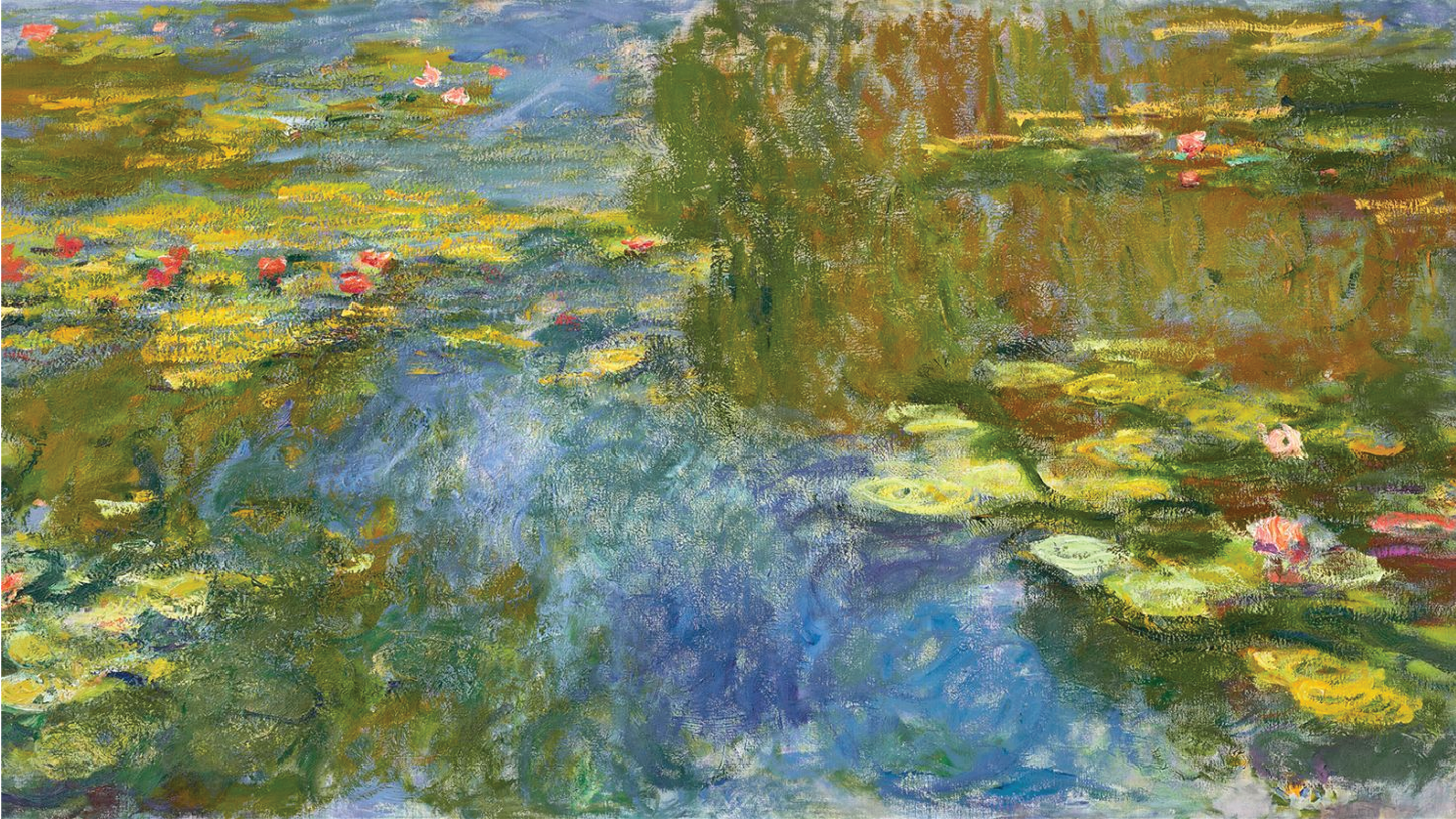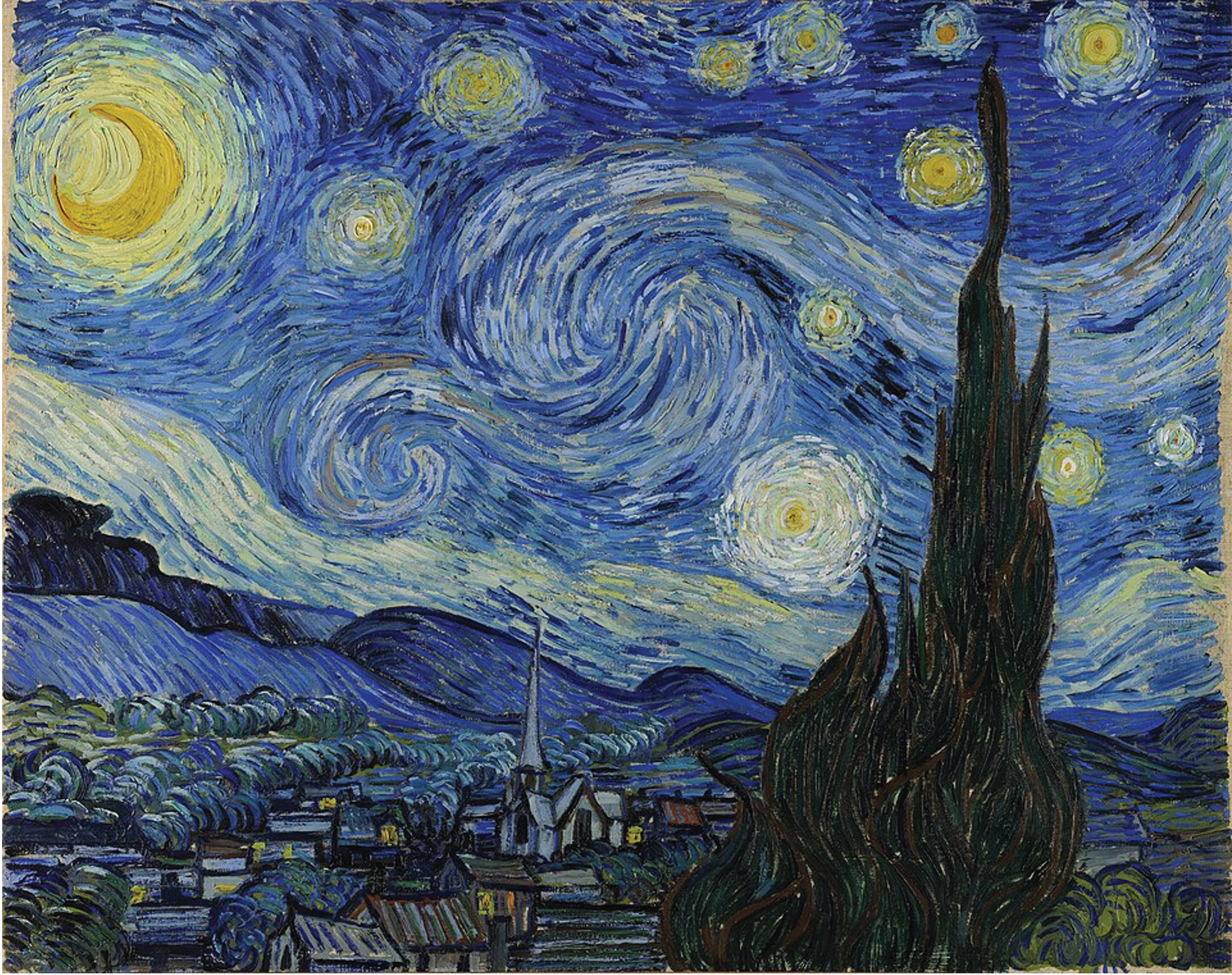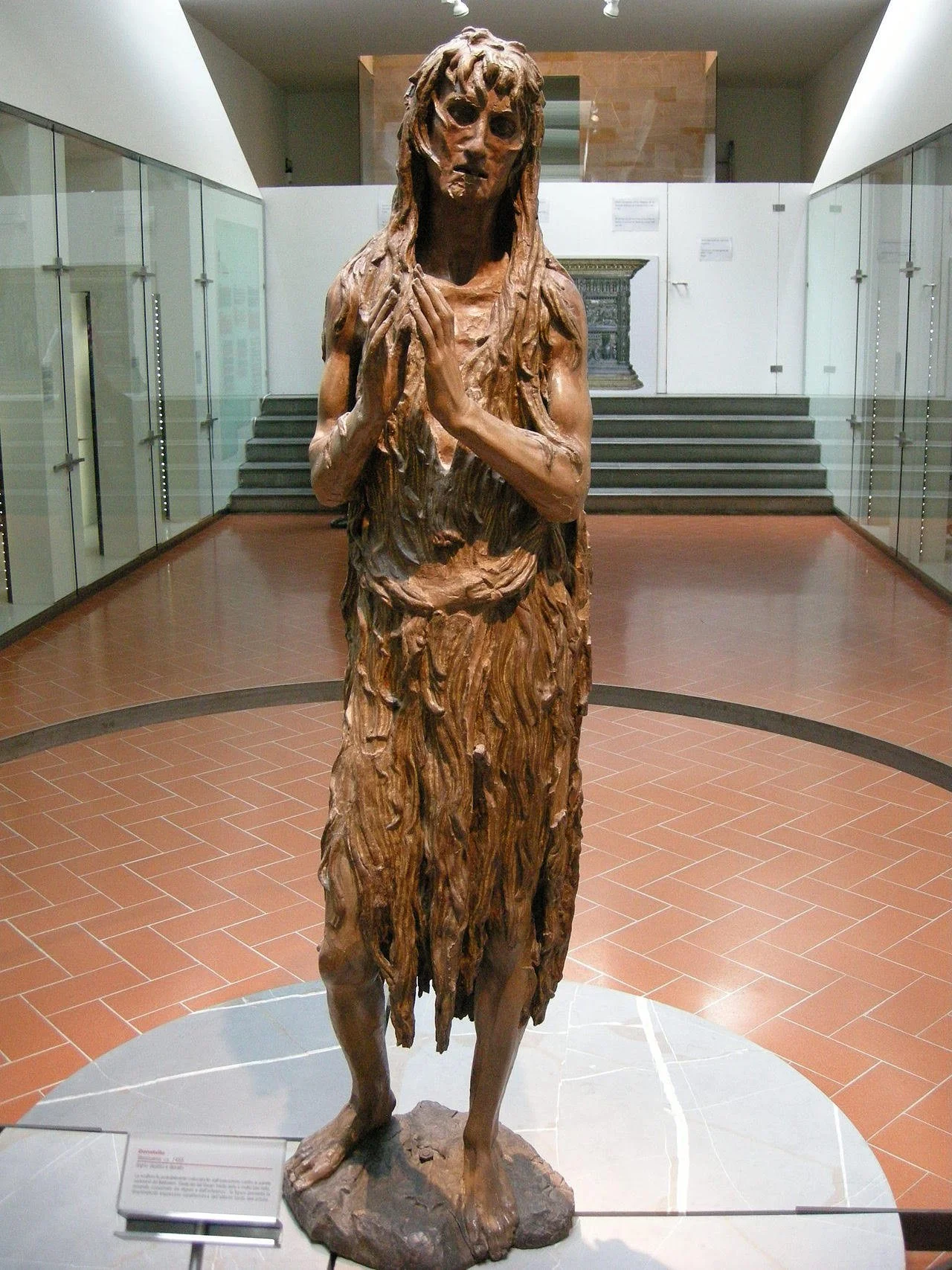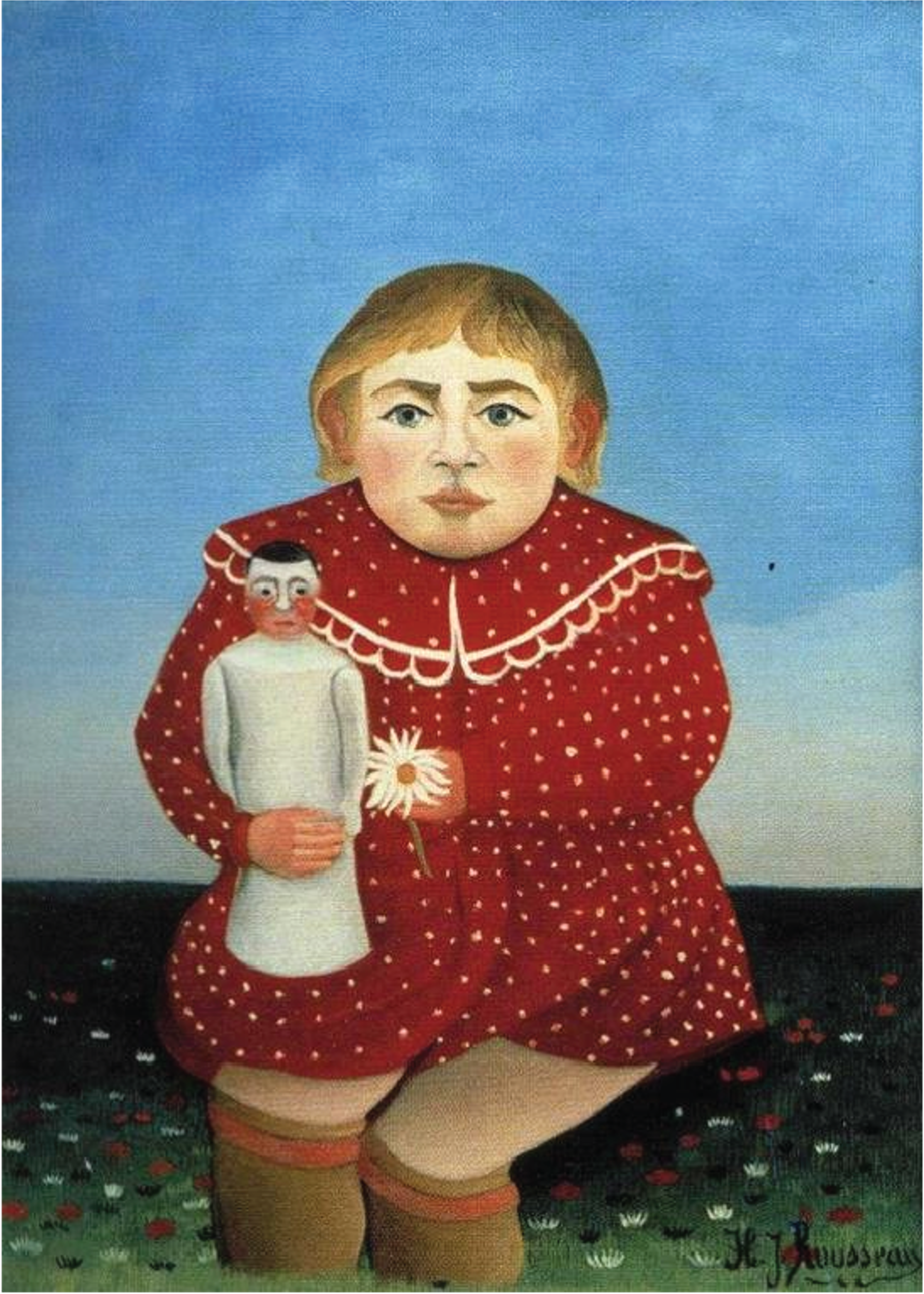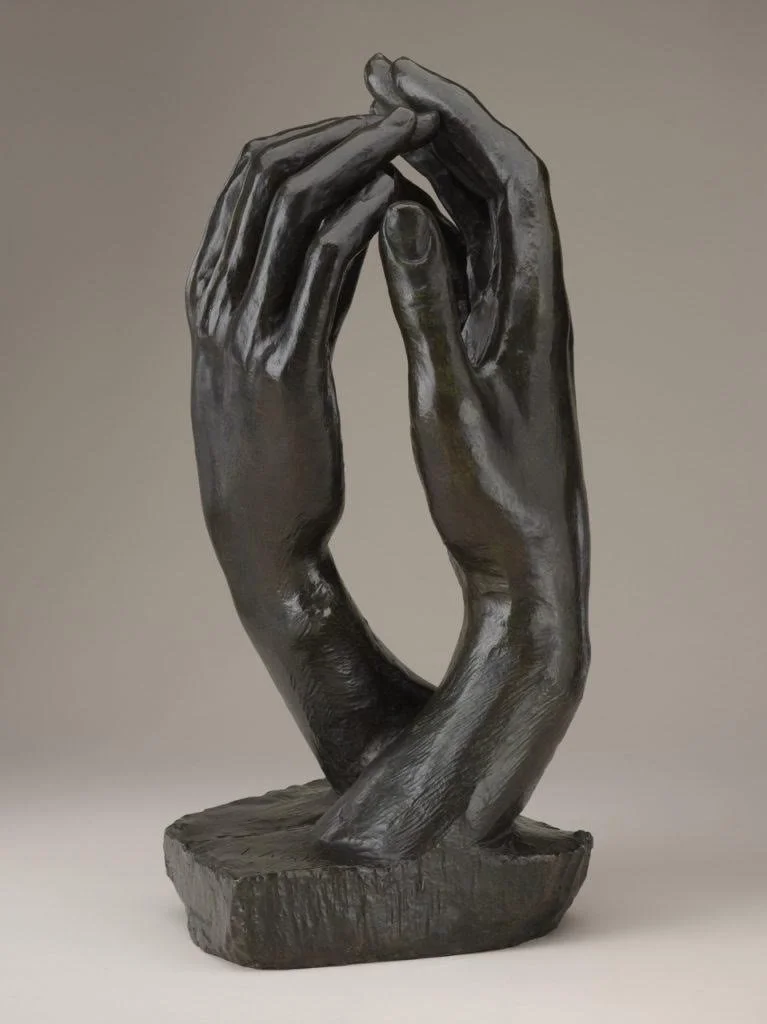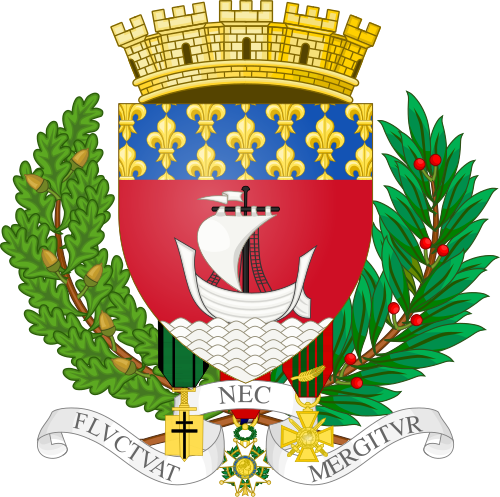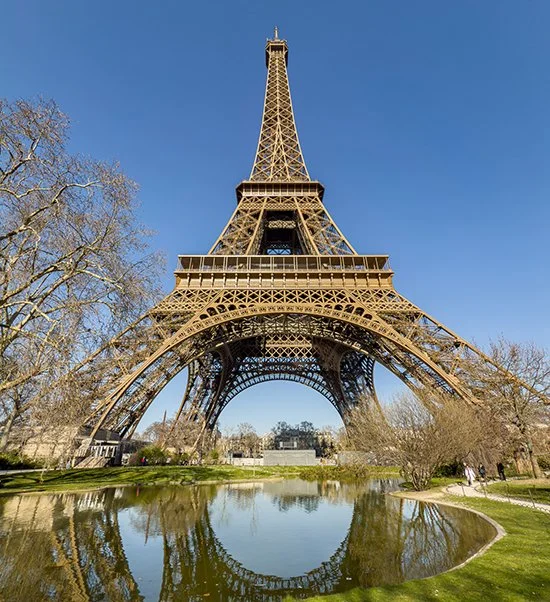
Bodegart
At Bodega, our passion for the arts runs deep — especially with Serge, whose lifelong love of culture continues to inspire our space. He personally curated a front-window display featuring some of his favorite works, brought to life with the amazing creativity and skill of local artist Galanova.
This collaboration is Bodega’s way of sharing how art unites us all — encouraging everyone to pause, reflect, and appreciate the beauty of the moment. It’s also part of our mission to bring even more culture and vibrancy to historic downtown Wake Forest.
Click any part of the image below to learn more about each piece.

Pitcher and Bowl of Fruit
Artist: Pablo Picasso (1881-1973)
Date: 1931
Culture/Period/Movement: Surrealism/Modernism (Picasso’s still life exploration in 1930s)
Medium: Oil on Canvas
Dimensions: 130.8 cm x 162.2 cm
Current Location: Solomon R. Guggenheim Museum, NYC
Contextual Note: Picasso uses the still life genre here not just to show everyday objects but to embed hidden symbolism: the colors, forms, and lines suggest intimacy and references to his lover Marie-Therese Walter.
Untitled
(Jaw/Skull-like figure)
Artist: Jean-Michel Basquiat (1960-1988)
Date: 1982
Culture/Period/Movement: Neo-Expressionism/ Street Art influences
Medium: Mixed media: felt tip, wax crayon, charcoal, ink, graphite on paper
Dimensions: 30 1/8 in. x 22 1/4 in.
Current Location: unspecified/likely private collection
Contextual Note: This piece showcases Basquiat’s graphic intensity: the skull/jaw imagery, bold lines and expressive burst of color reflect themes of life, martality, and identity. It’s a good example of how he fused graffiti, figuration, and symbolic commentary.
Boy with a Basket of Fruit
Artist: Caravaggio (1571–1610)
Date: 1593–1594
Culture/Period/Movement: Italian Baroque
Medium: Oil on canvas
Dimensions: 70 × 67 cm (27 × 26 in)
Current Location: Galleria Borghese, Rome
Contextual Note: This early work highlights Caravaggio’s mastery of naturalism. The lush fruit and youthful subject embody both sensual vitality and symbolic references to transience.
Paul in a Clown Suit
Artist: Pablo Picasso (1881–1973)
Date: 1924
Culture/Period/Movement: Neoclassical Period
Medium: Oil on canvas
Dimensions: 100 × 81 cm (39 × 32 in)
Current Location: Musée Picasso, Paris
Contextual Note: Picasso painted his young son Paul dressed as a harlequin, a recurring motif in his work. The clown imagery references both family tenderness and the symbolic world of the circus.
Love Street Art
Artist: Patrick Rubinstein (b. 1960)
Date: Contemporary (21st century)
Culture/Period/Movement: Pop Art / Street Art Fusion
Medium: Outdoor mural / mixed media
Dimensions: variable (wall installation)
Place / Current Location: Paris, France
Contextual Note: Rubinstein’s vibrant mural borrows Pop Art’s comic-book style to spread a simple but bold message — LOVE! His street works bring optimism into the urban landscape.
Still Life with Fruit and Ham
Artist: Clara Peeters (c. 1594–c. 1657)
Date: c. 1620–1630
Culture/Period/Movement: Dutch / Flemish Golden Age
Medium: Oil on canvas
Dimensions: varies (typically ~70 × 110 cm)
Place / Current Location: Prado Museum, Madrid / various collections
Contextual Note: Lavish still lifes showcased abundance and wealth in 17th-century Flanders. Reflections in glassware often reveal hidden self-portraits of the artist.
Overconsumption
Artist: Unknown contemporary street artist (Grenoble, France)
Date: 21st century
Culture/Period/Movement: Contemporary Street Art
Medium: Mural / mixed techniques on wall
Dimensions: variable
Place / Current Location: Grenoble, France
Contextual Note: This work depicts a figure buried in consumer goods and fast food, critiquing waste and excess. Grenoble’s urban art scene often integrates social commentary into bold, graphic imagery.
The Red Room (Harmony in Red)
Artist: Henri Matisse (1869–1954)
Date: 1908
Culture/Period/Movement: Fauvism
Medium: Oil on canvas
Dimensions: 180 × 221 cm (71 × 87 in)
Place / Current Location: Hermitage Museum, St. Petersburg
Contextual Note: One of Matisse’s masterpieces, this composition dissolves perspective in a flood of red patterning. Still life and interior merge into pure decorative rhythm.
The persistence of memory
Artist: Salvador Dali (1904-1989)
Date: 1931
Culture/Period/Movement: Surrealism
Medium: Oil on canvas
Dimensions: 24 cm x 33 cm
Current Location: MOMA, NYC
Contextual Note: Dali’s iconic melting clocks epitomize Surrealist’s dream imagery, challenging our sense of time and permanence. The barren landscape evokes both the unconscious and Dali’s native Catalonia.
Still Life with Apples
Artist: Henri Matisse (1869–1954)
Date: 1899
Culture/Period/Movement: Early Fauvism
Medium: Oil on canvas
Dimensions: 60 × 73 cm
Place / Current Location: State Hermitage Museum, St. Petersburg
Contextual Note: Matisse arranges fruit and vessels in bold, flat colors, emphasizing harmony of hues over realism. This early experiment paved the way for Fauvism’s liberation of color.
Summer (from the four seasons)
Artist: Guiseppe Arcimboldo (1526-1593)
Date: 1573
Culture/Period/Movement: Mannerism/ Late Renaissance
Medium: Oil on Canvas
Dimensions: 76 cm x 64 cm
Current Location: Kunsthistorisches Museum, Vienna
Contextual Note: Arcimboldo was famous for his imaginative portraits composed entirely of fruits, vegetables, and other objections. In Summer, he assembles ripe produce into a human profile, reflecting both humor (you are what you eat!) and the Renaissance fascination with allegory and symbolism.
Water lillies (part of the Nympheas series)
Artist: Claude Monet (1840-1926)
Date: ca. 1916-1919
Culture/Period/Movement: Impressionism
Medium: Oil on Canvas
Dimensions: 200 cm. x 180 cm. (varies)
Current Location: Various collections (Musée de l’Orangerie, Paris; The Met, NYC)
Contextual Note: Monet painted hundreds of water lily canvases at his garden in Giverny, turning the pond into a near abstract meditation on light and reflection. The series embodies Impressionism’s pursuit of atmosphere and fleeting perception.
Dancers in the park (Three dancers in a green landscape)
Artist: Edgar Degas (1834-1917)
Date: ca. 1895-1898
Culture/Period/Movement: Impressionism/ French Modernism
Medium: Oil on Canvas
Dimensions: 73 cm x 91 cm
Current Location: Musée d’Orsay, Paris
Contextual Note: Degas often depicted dancers, not just on stage but in natural and candid moments. This work blends his love of movement with vibrant Impressionist brushwork, placing ballerinas against a luminous outdoor background.
The starry night
Artist: Vincent van Gogh (1853-1890)
Date: 1889
Culture/Period/ Movement: Post-Impressionism
Medium: Oil on canvas
Dimensions: 73.7 cm x 92.1 cm
Current Location: MOMA, NYC
Contextual Note: Painted during his stay at the asylum of Saint-Rémy, The Starry Night transforms the night sky into a swirling, emotional vision. The dramatic movement of the brushstrokes conveys Van Gogh’s inner turbulence and enduring fascination with nature’s power.
Mary Magdalene (Penitent Magdalene)
Artist: Donatello (c. 1386–1466)
Date: ca. 1455
Culture/Period/Movement: Italian Renaissance
Medium: Polychrome wood
Dimensions: 188 cm (74 in) high
Place / Current Location: Museo dell’‘Opera del Duomo, Florence
Contextual Note: Unlike idealized depictions, Donatello carved Magdalene as gaunt and worn, stressing penitence and spiritual devotion. The raw humanity reflects Renaissance interest in emotional realism.
Boy with Doll
Artist: Fernando Botero (1932–2023)
Date: ca. 1977
Culture/Period/Movement: Modern Latin American Art / Boterismo
Medium: Oil on canvas
Dimensions: varies (example works ~100 × 70 cm)
Place / Current Location: Private collections
Contextual Note: Botero’s signature inflated figures create a sense of weight and innocence. Here, the child holding a doll blends tenderness with exaggerated form, a hallmark of Botero’s satirical yet affectionate style.
the cathedral (La Cathédrale, from the series Cathedral Hands)
Artist: Auguste Rodin (1840–1917)
Date: 1908
Culture/Period/Movement: French Modern Sculpture
Medium: Bronze
Dimensions: 64 × 29 × 34 cm (approx.)
Place / Current Location: Musée Rodin, Paris
Contextual Note: Rodin sculpted two right hands rising and almost touching, evoking the vaulting arches of a cathedral. This abstract form transforms anatomy into spiritual architecture.
Blason de Paris
The coat of arms of Paris, known as the blason de Paris, features a silver ship sailing on waves, symbolizing the city’s historic merchant guild, the “Nautes,” who helped establish Paris as a trading hub on the Seine. Above the ship, golden fleurs-de-lis on a blue field represent the French monarchy and Paris’s loyalty to the crown. The Latin motto “Fluctuat nec mergitur” (“She is tossed by the waves but does not sink”) reflects the city’s resilience through wars, revolutions, and hardships. Surrounding the shield are branches of laurel and oak, symbols of victory and strength, topped with a mural crown representing Paris’s status as a capital city.
The eiffel tower
The Eiffel Tower, built for the 1889 Exposition Universelle in Paris, was designed by Gustave Eiffel’s engineering company as a symbol of French innovation. At first, it was criticized by many artists and intellectuals for its radical design, but it quickly became one of the most recognizable landmarks in the world. Originally intended as a temporary structure, it was saved from demolition when it proved valuable as a radio transmission tower. Today, it stands as both a global cultural icon of France and one of the most visited monuments in the world.
Serge the Paris metro rabbit
The Lapin RATP (Paris Metro Rabbit) was introduced in 1977 by the Paris transit authority as a friendly cartoon character to warn passengers about common dangers, like closing train doors. Over the years, his look has been modernized, but his signature “ouch!” pose remains instantly recognizable. Parisians affectionately nicknamed him Serge, and he’s become a nostalgic icon for generations of riders. Today, he stands as both a safety reminder and a quirky cultural symbol of everyday life in Paris.
References & Credits
Artwork details (titles, artists, dates, mediums, dimensions, and locations) have been compiled from authoritative museum collections, archives, and scholarly art history resources, including:
The Museum of Modern Art (MoMA), New York
Musée d’Orsay, Paris
Musée de l’Orangerie, Paris
Musée Rodin, Paris
Musée Picasso, Paris
Hermitage Museum, St. Petersburg
Museo del Prado, Madrid
Galleria Borghese, Rome
Walters Art Museum, Baltimore
Kunsthistorisches Museum, Vienna
Museo dell’Opera del Duomo, Florence
Solomon R. Guggenheim Museum, New York
Fernando Botero Foundation, Medellín
Additional contextual notes are drawn from:
Google Arts & Culture archives
The Art Story Foundation
Grove Art Online / Oxford Art Online
Open access museum catalogs and public domain art history texts
Disclaimer
All artwork images and descriptions presented on this site are provided for educational, scholarly, and reference purposes only. Rights to the original works remain with their respective copyright holders, artists, or estates.
Public domain artworks (including most works by artists deceased over 70 years) are used in accordance with open access policies of major museums and collections.
Modern and contemporary works (where copyright may still apply) are displayed strictly for non-commercial, educational use with credit given to the original artist or source.
This site does not claim ownership of any artworks shown and does not authorize reproduction, resale, or redistribution of copyrighted material.
For permissions, licensing, or reproduction rights, please contact the relevant museum, archive, or artist’s estate.

